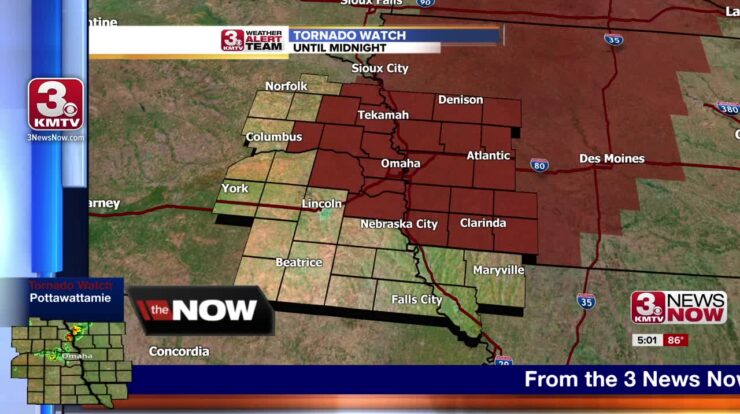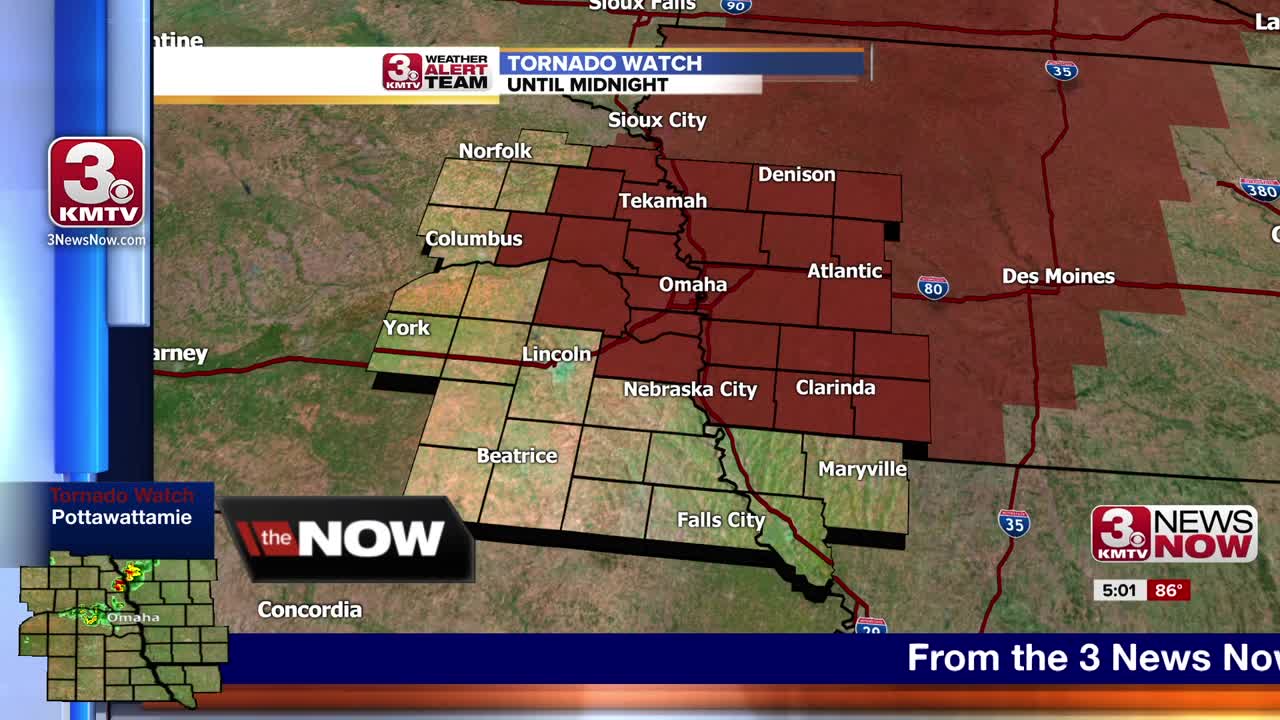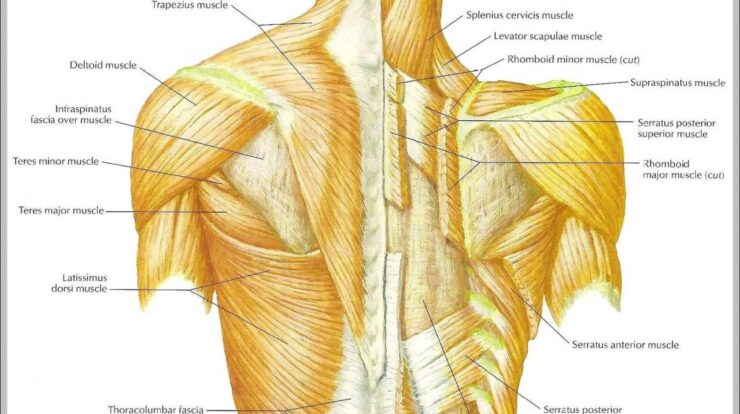
Tornado watch omaha – The National Weather Service has issued a tornado watch for Omaha and surrounding areas. This means that conditions are favorable for the development of tornadoes, and residents should be prepared to take shelter if necessary.
Tornadoes are a common occurrence in Omaha, with an average of 10 tornadoes reported each year. The most recent tornado to hit Omaha was an EF-2 tornado that caused significant damage in May of 2022.
Tornado Watches in Omaha
A tornado watch is issued when conditions are favorable for the development of tornadoes. It does not mean that a tornado has been spotted or is imminent, but it is a warning to be prepared. In Omaha, tornado watches are typically issued by the National Weather Service (NWS) when there is a risk of severe thunderstorms and tornadoes within the next several hours.
The criteria for issuing a tornado watch in Omaha include:
- The presence of a thunderstorm with a rotating updraft, known as a mesocyclone.
- Winds aloft that are strong and supportive of tornado development.
- An environment with sufficient instability, which is the amount of energy available to fuel a thunderstorm.
Tornadoes are a common occurrence in Omaha, with an average of 10 tornadoes reported each year. The most destructive tornado in Omaha’s history was the 1975 Omaha tornado, which killed three people and caused over $200 million in damage.
Tornado Watch Procedures

When a tornado watch is issued for Omaha, it is important to take the following steps:
- Seek shelter in a sturdy building, such as a basement or interior room on the lowest floor.
- Stay away from windows and exterior walls.
- Listen to local news and weather reports for updates on the tornado watch.
It is also important to create a tornado safety plan in advance. This plan should include:
- A designated safe place to go in the event of a tornado warning.
- A list of emergency contacts.
- A plan for what to do if you are separated from your family or loved ones.
Tornado Watch Impacts: Tornado Watch Omaha
A tornado watch can have a significant impact on Omaha. Potential impacts include:
- Transportation disruptions, such as road closures and flight cancellations.
- Power outages, which can last for several hours or even days.
- Structural damage to homes and businesses.
To mitigate these impacts, the city of Omaha has developed a number of emergency response plans. These plans include:
- Road closures to keep people away from dangerous areas.
- Emergency shelters to provide a safe place for people to go.
- A public information campaign to educate people about tornado safety.
Tornado Watch Resources
There are a number of resources available to Omaha residents during a tornado watch. These resources include:
- Weather alerts and warnings from the National Weather Service.
- Emergency shelters operated by the city of Omaha.
- Community support organizations, such as the Red Cross and Salvation Army.
To access these resources, residents can call the city of Omaha’s emergency hotline at 402-444-5555 or visit the city’s website at www.cityofomaha.org.
Summary
If you are in the Omaha area, please be sure to monitor the weather forecast and take precautions if a tornado warning is issued. Stay safe!
Clarifying Questions
What should I do if a tornado warning is issued for my area?
If a tornado warning is issued for your area, you should immediately seek shelter in a sturdy building. The best place to shelter is in a basement or storm cellar. If you do not have access to a basement or storm cellar, you should go to the lowest level of your home and find a room that is interior and windowless.
Stay away from windows and exterior walls.
What are the signs of a tornado?
Tornadoes can be identified by their funnel-shaped clouds. These clouds are often accompanied by high winds and debris. Tornadoes can also produce a loud, roaring sound.
What should I do if I see a tornado?
If you see a tornado, you should immediately seek shelter in a sturdy building. Do not try to outrun a tornado in a car or on foot. If you are caught outside, lie down in a ditch or other low-lying area and cover your head with your hands.





